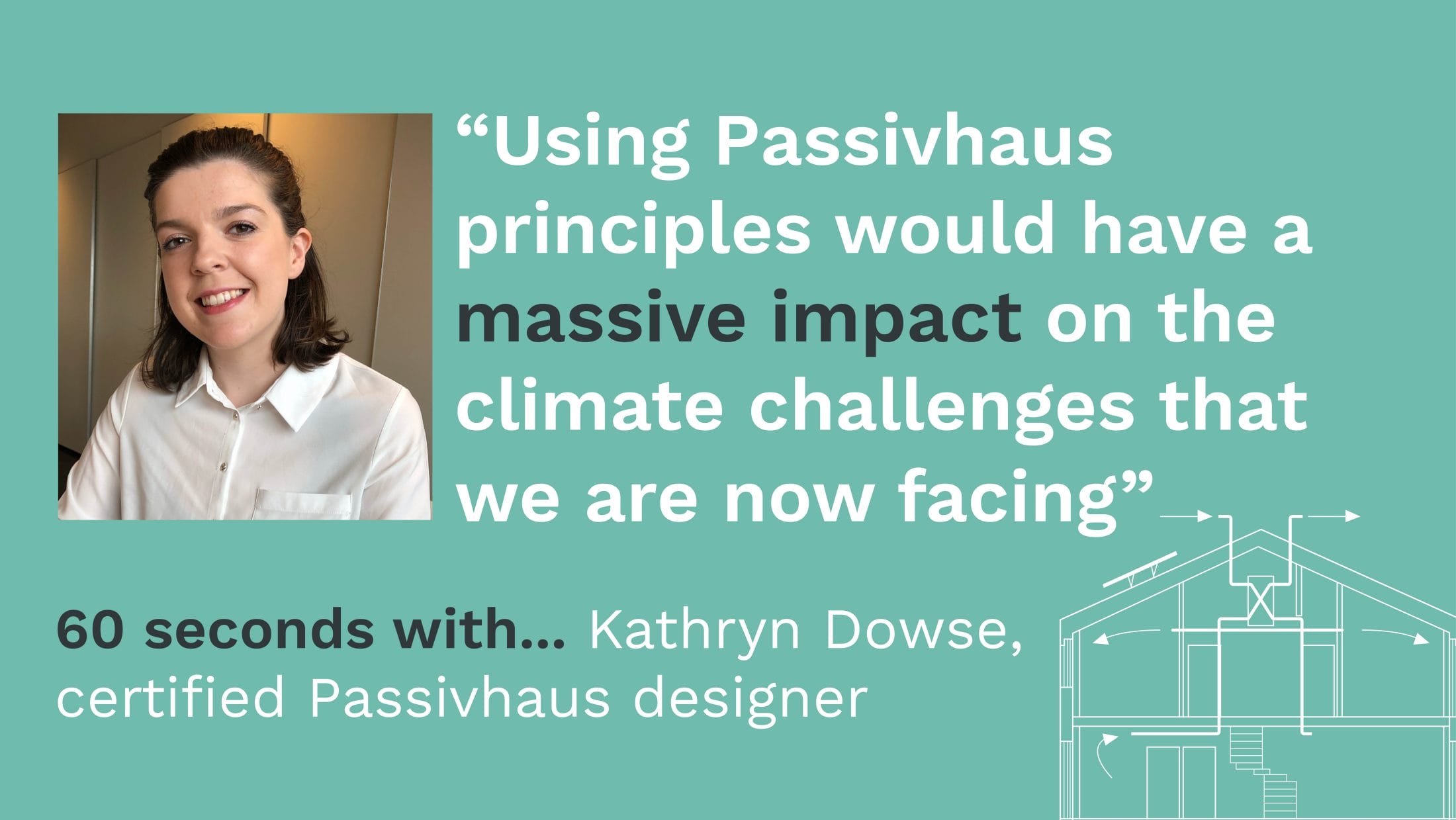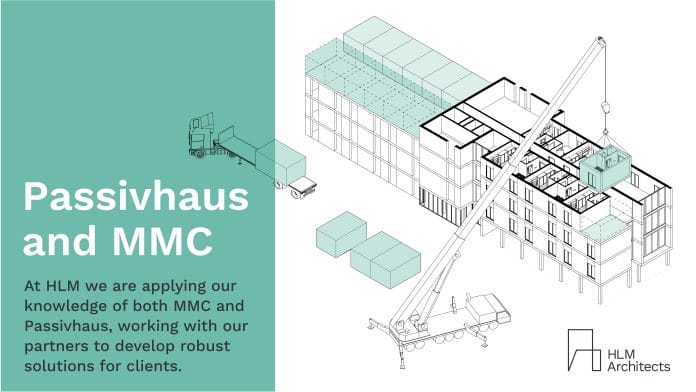
We are are committed to evolving our approach to design and development, and our team of certified Passivhaus House Designers is growing as the need for sustainable places is recognised more widely. Meet the team, and find out what inspired them to pursue the certification.
What initially interested you in becoming a certified Passivhaus designer?
I like that it’s quite logical, and gives an exciting challenge through the parameters that it requires.
Have you always had an interest in Passivhaus design?
I have an interest in sustainable living and design, as well as biophilic design – so it’s a natural progression. I try to live sustainably, so I like to try and bring that into the design and use it to benefit the people who will use the buildings.
Have you seen the demand for Passivhaus design grow over the last few years and if so, why do you think this has happened?
It has definitely grown. This is reflective of the new regulations brought in by governments, people’s raised awareness of sustainability – and the need to act to prevent climate challenges.
If we could use Passivhaus principles going forwards for most buildings, it would have a massive impact on the climate challenges that we are now facing.
HLM Architects has a bold and ambitious aim of achieving RIBA’s Sustainable Outcomes 2030 targets on all projects by 2025. Why do you believe Passivhaus design is so important to delivering a more sustainable built environment?
There are 5 principles to Passivhaus design:
- Thermal bridge-free design
- Air tightness
- Thermal insulation
- Ventilation with heat recovery
- Passivhaus windows
Using these principles creates more sustainable architecture, and better overall comfort for the end users of the buildings
What new skills/knowledge are you most looking forward to incorporating in new Passivhaus projects?
I’m looking forward to using the PHPP software, where the values are input (eg energy use of materials) and it calculates how to best meet the Passivhaus requirements in terms of heating, cooling and energy demand.
What knowledge gained from undertaking the Passivhaus qualification do you see benefitting projects the most?
I think it will encourage me to be more thoughtful/clever when considering materials to use in the design, and to consider the lifecycle of the building. I think a lot of people have misconceptions of Passivhaus; it’s been really interesting to learn more about how it will affect the standard of living for the users.
Do you have a favourite Passivhaus building?
There’s a podcast called Undercover Architect and there is a PH designer/architect called Talina Edwards, and I love the projects she works on in Australia.
I enjoy listening to her talk about designs she‘s working on, Owl Woods Passivhaus is an example that I’m really enjoying learning about.


